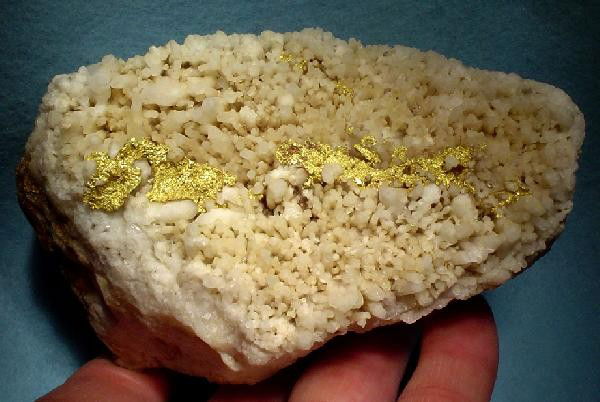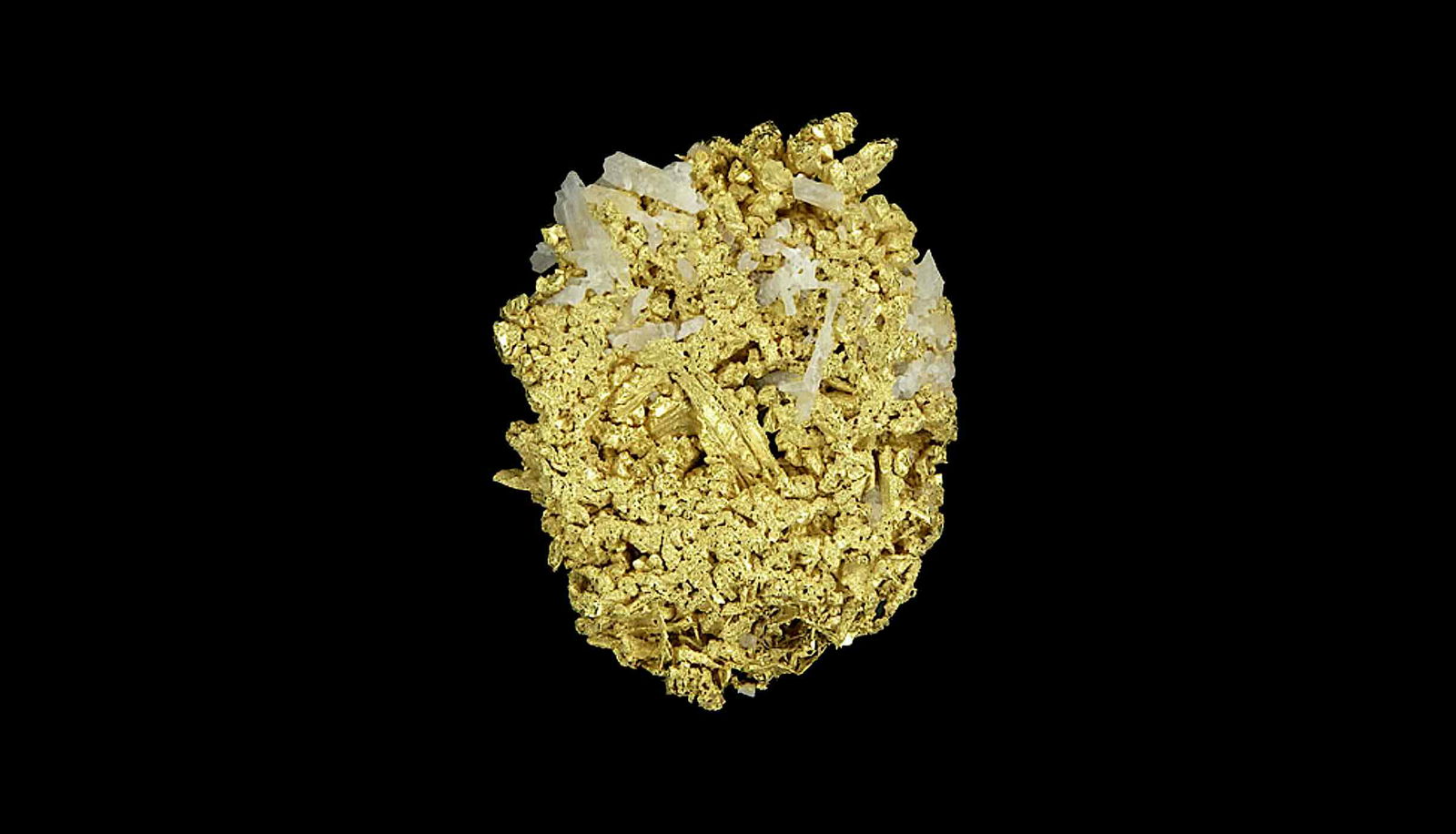For many years, researchers have been perplexed by the widespread abundance of large gold nuggets in various locations. Now, a new research study may provide an answer: the formation of large gold nuggets could be driven by a unique electrical phenomenon.
Piezoelectricity is a phenomenon that results from electric polarization that occurs within substances, including crystals like quartz, when they are placed under mechanical stress. A simple example of this can be observed by rubbing two large pieces of quartz together within a dark room, which will produce short flashes of light from within the crystals.
According to new research, it is now believed that the formation of large gold nuggets may also be driven by piezoelectric discharges emanating from quartz, which fundamentally challenges our existing ideas about the formation of gold deposits.
Currently, scientific consensus views about the formation of gold involve its precipitation from dilute, hot fluids within quartz veins that result from changes in temperature and pressure. Despite this view, the occurrence of large gold nuggets has largely remained mysterious.


According to the recent study’s findings, experiments involving quartz deformation and piezoelectric modeling now put forward a novel idea: that stress placed on quartz crystals during earthquake activity could produce enough voltage to result in the deposition of gold from solution, which may explain the frequent association between gold and quartz, as well as the formation of large nuggets in similar areas.
“Quartz is the only abundant piezoelectric mineral on Earth, and the cyclical nature of earthquake activity that drives orogenic gold deposit formation means that quartz crystals in veins will experience thousands of episodes of deviatoric stress,” write the authors of the new paper by lead author Christopher R. Voisey and colleagues.
In their paper, Voisey and his colleagues describe the use of deformation experiments involving quartz, which they paired with piezoelectric modelling “to investigate whether piezoelectric discharge from quartz can explain the ubiquitous gold–quartz association and the formation of gold nuggets.”
Indeed, in their study, the team discovered that there could be enough stress placed on quartz under such conditions to potentially help facilitate the production of gold, sometimes in fairly large amounts.
“We find that stress on quartz crystals can generate enough voltage to electrochemically deposit aqueous gold from solution as well as accumulate gold nanoparticles,” the team writes in the recent paper’s abstract.
“Nucleation of gold via piezo-driven reactions is rate-limiting because quartz is an insulator,” the authors of the study note. Nonetheless, this, when paired with the conductivity of quartz, led them to find that existing gold grains appeared to be a focal point of ongoing growth.
“We suggest this mechanism can help explain the creation of large nuggets and the commonly observed highly interconnected gold networks within quartz vein fractures,” the authors of the new study write. This mechanism, the researchers suggest, could explain both the formation of large gold nuggets and the intricate networks of interconnected gold commonly observed within quartz vein fractures.
The new findings may offer a significant new perspective on the integral relationship between quartz and gold, which reveals piezoelectric properties as a potential driving factor.
By helping to shed new light on the role of such electrical phenomena, the new research offers new implications for understanding both gold deposit formation in orogenic systems worldwide, and new avenues for how earthquake-related factors could give rise to unique mineral changes deep within the Earth’s crust.
The team’s paper, “Gold nugget formation from earthquake-induced piezoelectricity in quartz,” appeared in the journal Nature Geoscience on September 2, 2024.
Micah Hanks is the Editor-in-Chief and Co-Founder of The Debrief. He can be reached by email at micah@thedebrief.org. Follow his work at micahhanks.com and on X: @MicahHanks.

